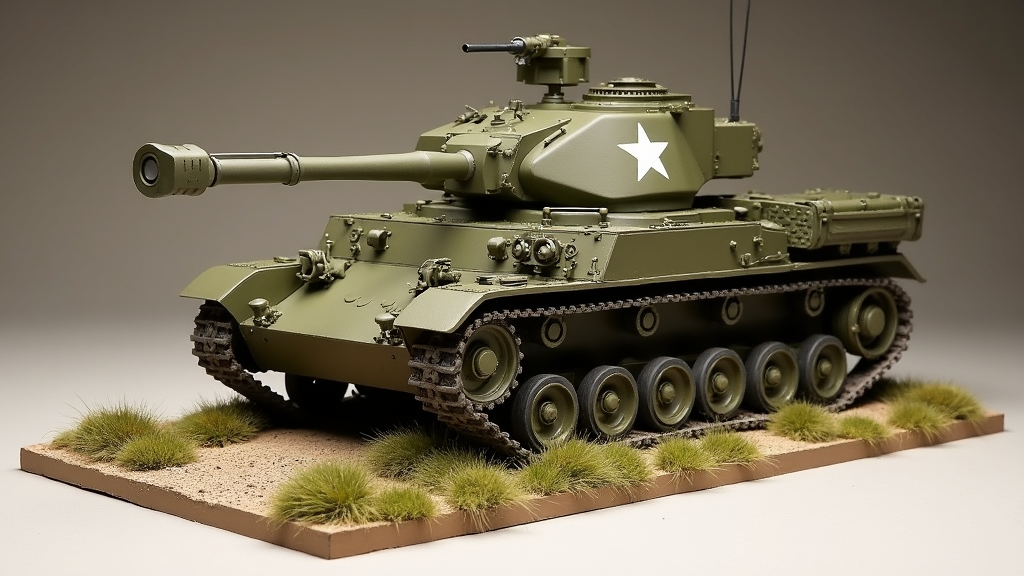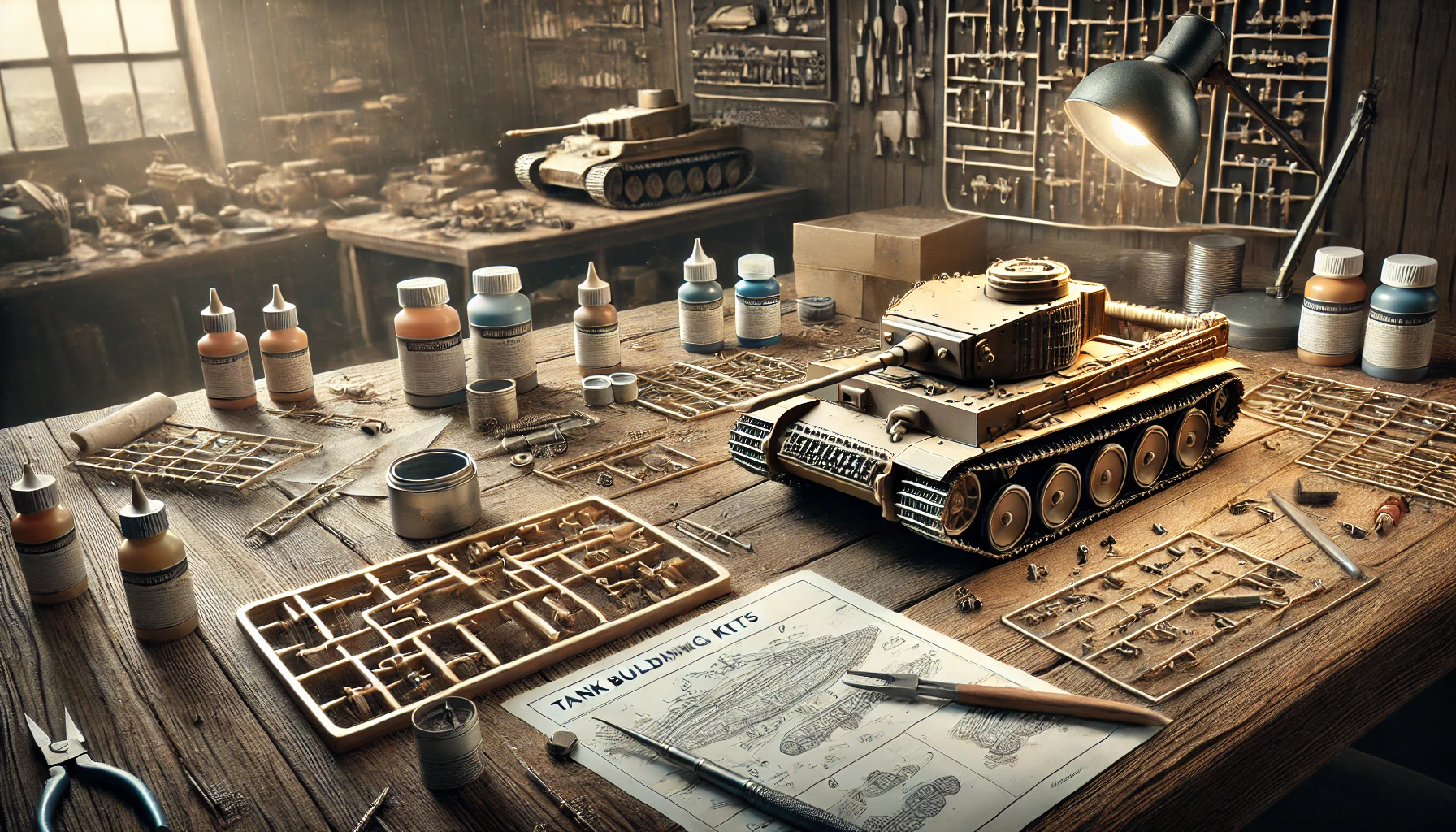The Char B1 Bis is one of those classic tanks from World War II that always catches my attention. Its unique look, distinct reputation from the early days of tank warfare, and the story behind its development make it a fascinating piece of military history. I’m going to walk you through what sets this French heavy tank apart, how it was built, its service history, practical features, and what you might want to know if you’re curious about classic military vehicles.
Table of Contents
What the Char B1 Bis Was Designed For
The Char B1 Bis came from a period when France was really thinking hard about how to defend its territory if another big war broke out. The French military was interested in heavily armoured vehicles that could break through fortified enemy lines and support infantry on the ground. The result was a tank that looked big and bulky, featuring armour and firepower that were right at the top for its time.
In the late 1930s, ideas about tank warfare were starting to mix it up all across Europe. Most countries leaned toward lighter, faster tanks, but France was convinced that a well-armoured, slow-moving tank could win battles with its toughness. The Char B1 Bis was an improved version over the original B1, created to take more hits and deliver bigger punches in battle. It stood out as a true product of the French approach to armour—focusing on resilience and protective power.
Key Features and Specs
If you’re wondering why the Char B1 Bis draws so much attention among tank fans and historians, it often comes down to its technical features. Here are some highlights I think are really worth knowing:
- Main Gun: The tank’s biggest gun, a 75mm howitzer, was mounted in the hull instead of the turret. This setup was designed for breaking bunkers and strongpoints.
- Turret Weapon: A 47mm gun in the small, one-person turret helped it battle enemy vehicles face-to-face.
- Heavy Armor: With up to 60 mm of armour at key points, it could shrug off hits that would have taken out lighter tanks.
- Size and Weight: The Char B1 Bis weighed about 32 tons and measured over 6 meters long, making it one of the biggest tanks of its time.
- Crew: It normally carried four: commander, driver, loader, and radio operator.
- Engine: Powered by a 307-horsepower Renault engine, the tank’s top speed was moderate—about 25 km/h (15 mph).
One thing I find interesting is how the tank’s interior was highly divided, which could make communication among the crew difficult, especially under stress. Also, the one-person turret meant the commander had to juggle multiple jobs at once—firing, aiming, loading, and leading the crew.
Char B1 Bis in Combat
The Char B1 Bis saw its largest role during the Battle of France in 1940. Early on, the tank succeeded in facing German armour, especially in direct tank-on-tank fights. German crews often grumbled about how tough it was to stop a B1 Bis with standard anti-tank weapons. Several reports tell of lone tanks shrugging off dozens of enemy shells before being disabled by mechanical issues or simply running dry on fuel.
However, the tank’s strengths were often kept in check by French tactical problems and weak coordination. France’s armorer forces were scattered rather than grouped for large-scale offenses. Mechanical reliability could also be a pain point, and tanks sometimes broke down or got stranded as retreating units fell back quickly. These problems often led to Char B1 Bis tanks being abandoned or destroyed during withdrawal, and the Germans ended up with a number of working vehicles after the French defeat. Captured tanks were even reused by German forces, sometimes repurposed or given a fresh paint job for new training or occupation roles.
Everyday Experience for the Crew
Commanding or driving a Char B1 Bis was a real test of endurance. Many personal accounts mention how brutal it was inside during hot weather. Visibility was not great, so the crew had to rely on skill and teamwork. The commander, in particular, often felt overwhelmed by trying to manage the turret, direct the crew, and keep an eye on the growing threats outside.
On the maintenance side, the tank was quite involved, with loads of moving parts and a large, robust frame to look after. Tough crews could keep the tank operational under all conditions, but combat repairs were extremely challenging and sometimes impossible when the pressure was on.
Stories passed down from veterans also talk about the pride that came with running such a powerful vehicle—despite all the sweat, grit, and sleepless nights inside its steel shell, it felt like they were at the centre of the action on the front line. Yet, the stress of constant breakdowns and the overwhelming responsibility placed on crew members, especially the commander, could wear down even the toughest soldiers.
Common Challenges and Limitations
Even with its robust armour and powerful guns, the Char B1 Bis wasn’t flawless. Some of the typical challenges crew and historians often point out include:
- Short Range: Its fuel range was limited, meaning advances had to be carefully planned and resupplied regularly.
- High Fuel Use: The powerful engine drank fuel up quickly, which risked leaving tanks stranded if gasoline supplies dried up.
- Low Speed: It was considered pretty sluggish—even compared to other heavy tanks of the day—which made it tough to fall back quickly or respond to fast-moving threats.
- Complicated Mechanism: The tank’s complex internals often broke down under harsh battlefield conditions or long travel.
- Crew Overload: With just four men asked to do multiple jobs, crew exhaustion was almost inevitable.
These limits made the Char B1 Bis shine brightest during defensive actions or short attacks, not long-range advances or fast-moving counterblows. Nevertheless, in the right situation, its strength and power could be game-changing.
Tips for Tank Enthusiasts or Model Collectors
If you’re digging into classic tanks as a hobby, whether collecting scale models or getting into World War II gaming, the Char B1 Bis is a cool and rewarding subject. Here are some tips that might help your adventure:
- Search for model kits that have good detail on both the hull and turret. The distinct rivets and sideskirts are a big part of its look.
- Try weathering with paint to give your model that heavy, battle-worn appearance these tanks were known for.
- Check wartime photos for authentic markings. French armour in 1940 often boasted vivid unit badges and tactical numbers.
- If you visit museums, keep an eye out. Surviving Char B1 Bis tanks are rare, but they leave a big impression up close—especially the restored version at the Musée des Blindés in Saumur, France.
Research is also a treat if you’re a history buff. There is a wealth of memoirs, archived photos, technical bulletins, and friendly online communities where you can track down more information and swap stories with other fans.
Why the Char B1 Bis Still Matters
This tank may not be as legendary as the German Tiger or Soviet T-34 in pop culture, but its legacy is important. The Char B1 Bis pushed the thinking around early armoured warfare and left its mark on French doctrine. Despite its limits, it paved the way for new designs and new approaches to using tanks in battle.
The journey of the Char B1 Bis is also a real-life lesson in how success in war depends on more than just great gear. You need solid strategy, good supply lines, and sharp teamwork. When even the most impressive hardware is let down by planning or logistics, things can go wrong fast. The lessons of the Char B1 Bis echo in military planning to this day.
Frequently Asked Questions
Here are some questions people often ask when they first get into the Char B1 Bis:
What does the ‘Bis’ in Char B1 Bis mean?
The term ‘Bis’ stands for ‘encore’ or ‘second’ in French. In this case, it means the upgraded version of the original Char B1 tank, featuring tougher armour, new weapons, and a few other refinements.
How many Char B1 Bis tanks were built?
From 1937 through the summer of 1940, about 369 Char B1 Bis tanks rolled off the production lines. That’s not many compared to some other World War II tanks, so it’s something of a collector’s item now.
Are any Char B1 Bis tanks still around today?
A small number survived past the war, and only a couple of them can still be found in museums. The most famous display model is at the Musée des Blindés in Saumur, France.
Did Germany use captured Char B1 Bis tanks?
They did. The Germans scooped up quite a few of these tanks, sometimes refitting them as flamethrowers or putting them to work in training units. They gave them the name “Panzerkampfwagen B-2 740(f)” for their own records.
Wrapping Up
The Char B1 Bis isn’t just an old tank—it’s a window into how countries tackled the challenges of armour, firepower, and survival on the battlefield. Learning its story helps me appreciate the early years of tank warfare and how they shaped both technology and the way leaders game-planned for victory. If you ever have the chance to see one up close, build a detailed model, or check out its story in museums, it’s worth your time. Even today, the Char B1 Bis stands as an eye-catching reminder of the bold ideas and tough lessons of the past.
You might be interested in exploring more about the innovation in armoured warfare during World War II. Speaking of heavy tanks, the Char B1 Bis exemplifies France’s unique approach to tank design. To deepen your understanding, check out the Wikipedia article on the history of tanks, which covers their evolution and impact on modern warfare. Additionally, if you’re curious about the strategies employed during the war, you might like to read about the French Armoured Doctrine, outlining how France integrated tanks into their military tactics. These articles provide valuable context to appreciate the legacy of the Char B1 Bis and its role on the battlefield.





